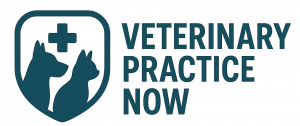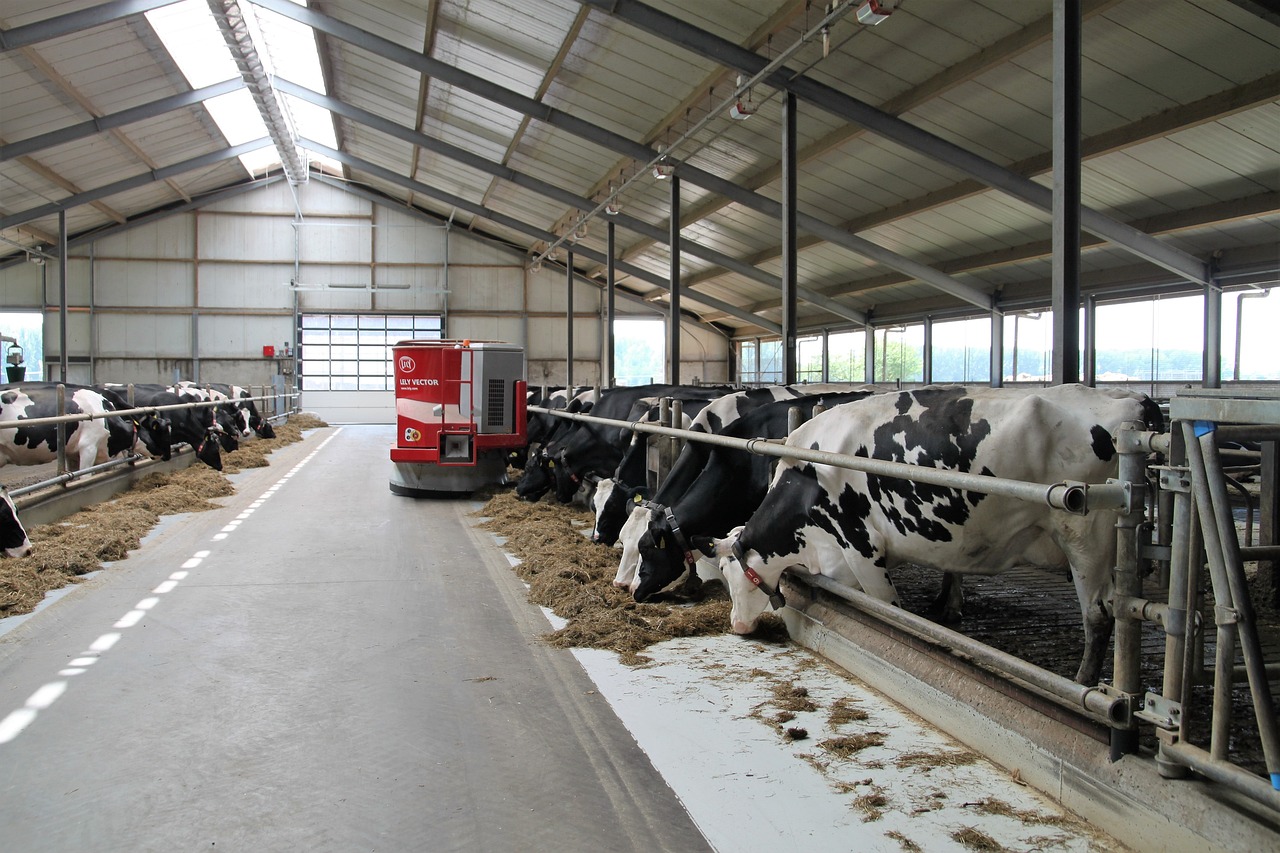In a concerted effort to curb the spread of highly pathogenic avian influenza (HPAI), specifically the H5N1 strain, the U.S. Department of Agriculture (USDA) and the Department of Health and Human Services (HHS) have announced a combined funding of $200 million. This initiative, unveiled on May 10, aims to enhance surveillance, preventive measures, and research to protect both livestock and public health.
USDA’s $98 Million Investment
The USDA has committed $98 million to strengthen its response to H5N1 among dairy cattle. A significant portion of this funding will be directed toward financial incentives for livestock producers who improve biosecurity measures on H5N1-affected farms. These incentives are crucial in containing the virus’s spread and ensuring that affected producers can manage and recover from outbreaks effectively.
Additionally, the USDA will compensate dairy producers for lost milk production caused by H5N1 infections. This compensation is essential as H5N1, while generally not fatal to dairy cows, significantly reduces milk output, leading to substantial economic losses for farmers.
Support Through APHIS and ELAP
The USDA’s Animal and Plant Health Inspection Service (APHIS) will administer the funds through the Emergency Assistance for Livestock, Honey Bees, and Farm-raised Fish Program (ELAP). Eligible producers with H5N1-positive herds will receive financial assistance to offset the costs associated with managing the outbreak. The American Association of Bovine Practitioners (AABP) estimates the economic impact of H5N1 on dairy cattle to be between $100 to $200 per cow. For a 1,000-cow dairy farm, this translates to potential losses of $100,000 to $200,000 within a few weeks, not accounting for long-term effects.
Biosecurity Enhancements
To further support dairy farmers, the USDA will provide up to $28,000 per farm over the next 120 days to enhance biosecurity activities. These incentives include:
- Up to $10,000 for veterinary costs related to treating H5N1-infected cattle and sample collection for testing.
- Up to $2,000 per month for personal protective equipment (PPE) for employees and laundering outerwear uniforms, with a requirement for employees to participate in a workplace and farmworker study.
- Up to $2,000 per month for implementing waste milk heat treatment systems in compliance with FDA standards.
- Up to $1,500 for developing biosecurity plans based on existing secure milk supply plans.
- Covering shipping costs for samples sent to National Animal Health Laboratory Network (NAHLN) laboratories, up to $100 per month.
These measures aim to prevent further spread of H5N1 within and between dairy herds.
HHS’s $101 Million Commitment
In parallel, HHS has announced $101 million in new funding to mitigate the risk of H5N1 and protect public health. The funding will enhance testing, laboratory screening capacity, genomic sequencing, and other interventions. This effort is led by the Centers for Disease Control and Prevention (CDC) and the Food and Drug Administration (FDA).
CDC and FDA Initiatives
The CDC will allocate $93 million to various activities, including:
- $34 million for testing and laboratory capacity to optimize and develop new tests for virus identification and genomic sequencing.
- $29 million for epidemiology, surveillance, and data analytics to monitor people exposed to H5N1 and enhance the ability to detect unrecognized cases.
- $14 million for genomic sequencing and bioinformatics support.
- $8 million for vaccine activities to evaluate and develop candidate vaccine viruses.
- $5 million to support state, tribal, local, or territorial jurisdictions in reaching high-risk populations.
- $3 million to initiate a wastewater surveillance pilot program in up to 10 livestock-adjacent sites.
Meanwhile, the FDA is dedicating an additional $8 million to ensure the safety of the commercial milk supply. This funding will support validating pasteurization criteria, conducting surveillance at different points in the milk production system, enhancing laboratory capacity, and training staff on biosecurity procedures. The FDA will also partner with universities to address critical research questions.
Current H5N1 Outbreak Status
Since May 29, H5N1 has been confirmed in dairy cattle across nine states, affecting 20 herds in Michigan, 15 in Texas, eight in New Mexico, nine in Idaho, four in Kansas, four in Colorado, four in South Dakota, and one each in Ohio and North Carolina. Additionally, seven cats on dairy farms in Texas, New Mexico, and Ohio have tested positive for H5N1. The virus has also been detected in two dairy farm workers, one in Texas and another in Michigan, both exhibiting mild symptoms such as conjunctivitis.
The USDA has already allocated more than $750 million to address indemnity, diagnostics, field activities, and other emergency response costs related to H5N1 in poultry. Since the first detection in a commercial poultry flock on February 8, 2022, H5N1 has affected 1,138 commercial and backyard flocks in 48 states, leading to the culling of nearly 91 million birds, including egg-laying chickens, broilers, turkeys, and ducks.
Industry Response and Future Steps
Dr. Fred Gingrich, executive director of the AABP, emphasized the importance of federal indemnity payments to encourage disease reporting and control. The lack of such payments for dairy farmers has been a significant barrier to reporting, impacting efforts to understand and manage the disease’s spread.
The USDA has announced that additional details on accessing and applying for the financial tools will be provided soon. These measures are designed to support dairy farmers in enhancing biosecurity and managing the economic impact of H5N1.
As part of ongoing efforts to control the disease, the USDA will work with states to limit the movement of lactating cattle to reduce the risk of spreading H5N1 between herds. This builds on the federal order issued on April 24 by APHIS, requiring lactating dairy cattle to test negative for influenza type A virus before interstate movement.
The comprehensive response by the USDA and HHS underscores the federal government’s commitment to protecting the agricultural sector and public health from H5N1. These efforts are crucial in ensuring the safety of the food supply and the well-being of the American public.



